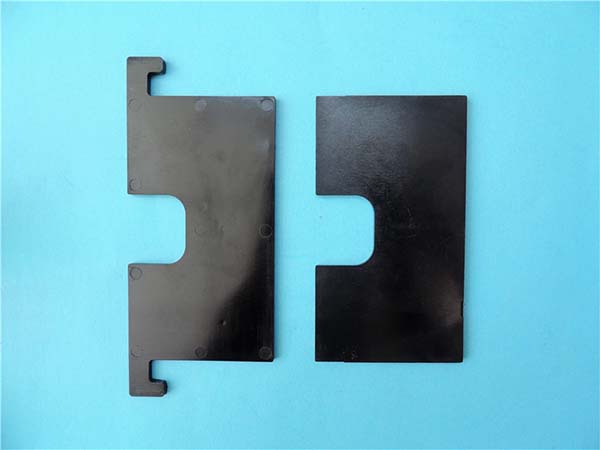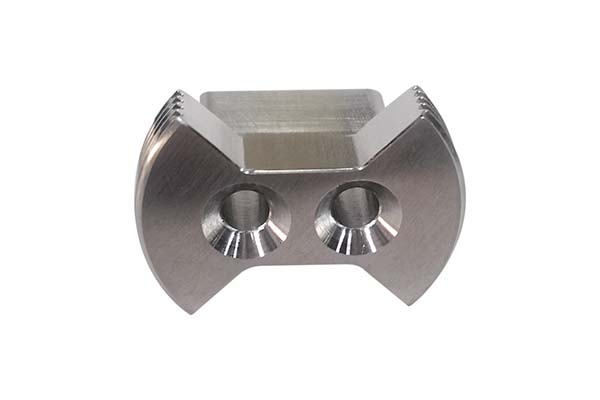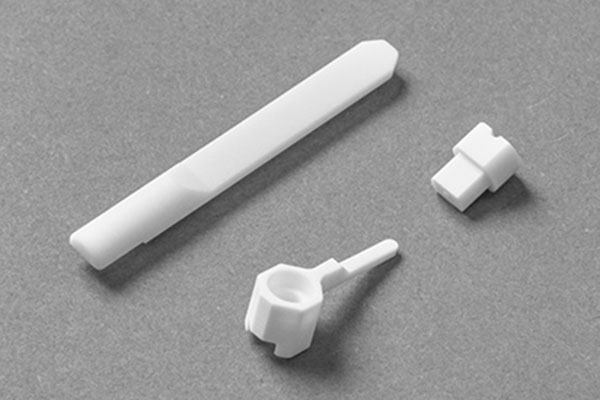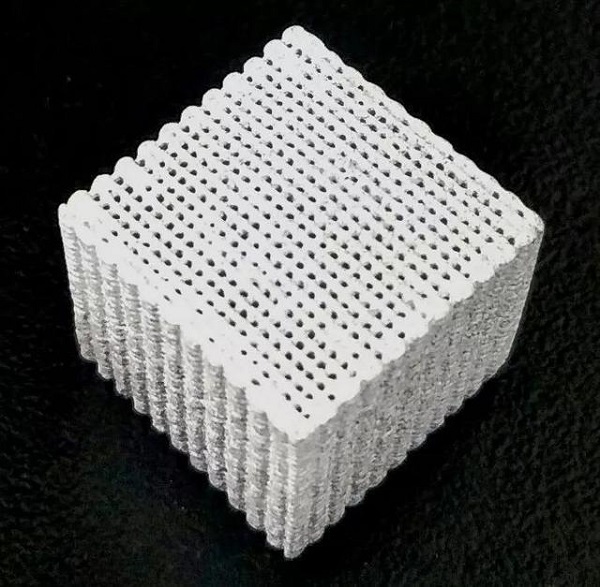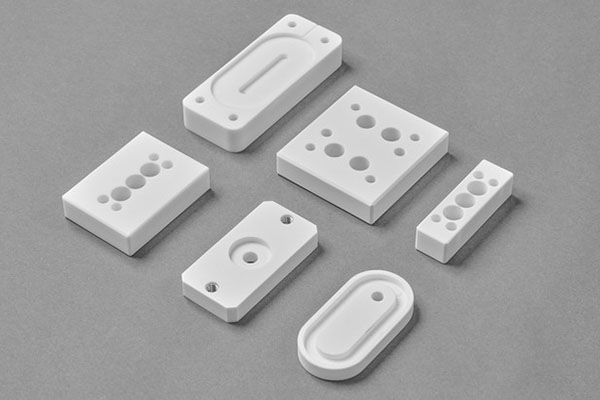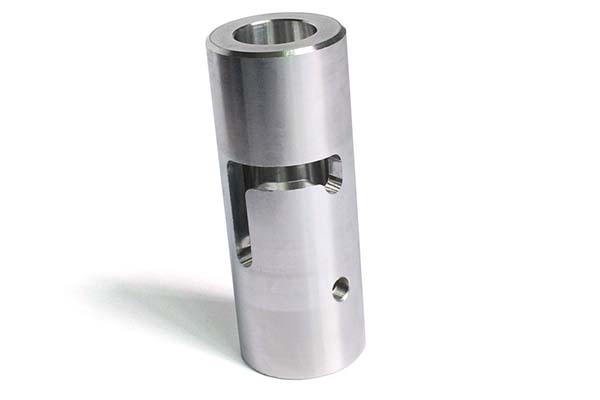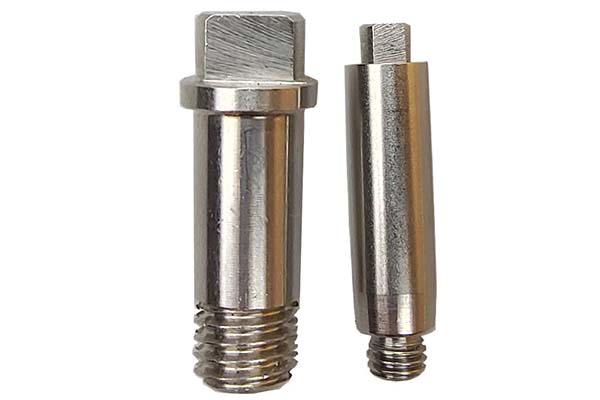1. Introduction
1.1 Definition of Rapid Tooling
In the dynamic realm of modern manufacturing, rapid tooling has emerged as a game - changing approach. But what exactly is rapid tooling? At its core, rapid tooling refers to a set of techniques and technologies that enable the quick fabrication of molds and tooling for manufacturing processes.
These molds and tools are crucial as they are used to shape, form, or cut materials to produce a wide variety of products. Unlike traditional tool - making methods that can be time - consuming and costly, rapid tooling focuses on reducing the time and cost required to create these essential manufacturing aids. For example, in the automotive industry, where new car models are constantly being developed, rapid tooling allows for the fast production of molds needed to manufacture interior components such as dashboards or door panels. This means that car manufacturers can get their new models to the market more quickly, gaining a competitive edge.
Rapid tooling encompasses multiple technologies, from 3D printing (also known as additive manufacturing) to CNC (Computer Numerical Control) machining and various casting and molding techniques. Each of these technologies contributes to the overall goal of rapid tooling: to provide manufacturers with a faster and more cost - effective way to produce high - quality molds and tools, which in turn speeds up the product development cycle. Now, let's explore different aspects of rapid tooling in more detail to fully understand its significance and capabilities.
2. Defining Rapid Tooling from Different Perspectives
2.1 Technological Perspective
From a technological perspective, rapid tooling incorporates several advanced manufacturing technologies. 3D printing, also known as additive manufacturing, is a cornerstone technology in rapid tooling. It works by layering materials, such as plastics, metals, or ceramics, based on a digital 3D model. For instance, in some aerospace applications, 3D - printed molds for turbine blade production can be created in a matter of days. Traditional methods of producing these molds could take weeks or even months. According to industry research, 3D printing can reduce the mold - making time by up to 70% in some cases.
CNC (Computer Numerical Control) machining is another vital technology. It uses pre - programmed computer software to control the movement of factory tools and machinery. In rapid tooling, CNC machining can produce highly precise molds with tight tolerances. For example, in the production of molds for medical device components, CNC - machined molds can achieve a precision of ±0.01mm. This high level of precision ensures that the final medical devices meet strict quality and safety standards. Additionally, technologies like vacuum casting and injection molding are also integrated into rapid tooling processes. Vacuum casting is often used for creating small - batch prototypes with high - quality surface finishes, while injection molding, when combined with rapid tooling techniques, can produce molds for mass - production more quickly than traditional methods.
2.2 Process - based Definition
In terms of the process, rapid tooling has a distinct workflow compared to traditional tool - making. The process typically starts with concept design and 3D modeling. Designers use CAD (Computer - Aided Design) software to create a detailed 3D model of the mold. This model serves as the digital blueprint for the entire manufacturing process.
After the design phase, the data from the 3D model is transferred to the manufacturing equipment. If 3D printing is used, the printer reads the digital file and starts depositing layers of material to build the mold. In the case of CNC machining, the machine reads the instructions from the CAD/CAM (Computer - Aided Manufacturing) software and precisely cuts and shapes the raw material into the mold.
Once the basic mold structure is created, it goes through a post - processing stage. This may involve processes like sanding, polishing, or heat - treating to improve the surface finish, dimensional accuracy, and mechanical properties of the mold. Finally, the mold is tested to ensure it meets the required specifications for the intended manufacturing process.
Here is a comparison table between traditional and rapid tooling processes:
| Process Step | Traditional Tooling | Rapid Tooling |
| Design | Manual drafting or 2D CAD, which may be time - consuming to convert to a 3D model for complex designs. | 3D CAD modeling, which is quick and allows for easy modifications. |
| Material Preparation | Extensive material selection and pre - treatment, often involving multiple suppliers and long lead times. | Can use a variety of materials directly from the manufacturer or with short - lead - time suppliers. Some 3D printing materials are ready - to - use. |
| Manufacturing | Multiple machining operations, including milling, turning, and grinding, which are time - consuming and may require multiple set - ups. | 3D printing can build the mold in one operation; CNC machining can be more efficient with advanced CAM software for tool - path optimization. |
| Post - processing | Labor - intensive manual finishing, such as hand - polishing and deburring, which can take a long time. | Some post - processing steps can be automated, reducing overall time. |
| Testing | Rigorous but time - consuming inspection processes, often with multiple sampling and re - testing. | Faster initial testing due to quicker production, and if issues are found, modifications can be made and retested more rapidly. |
2.3 Cost - Benefit Perspective
When considering the cost - benefit perspective, rapid tooling offers several advantages over traditional tooling. In terms of equipment costs, traditional tool - making often requires a large investment in high - precision machining equipment, such as multi - axis milling machines and EDM (Electrical Discharge Machining) machines. These machines can cost hundreds of thousands or even millions of dollars. In contrast, some 3D printers used in rapid tooling can be purchased for as little as a few thousand dollars, making it more accessible, especially for small - and medium - sized enterprises.
Material costs can also be lower in rapid tooling. For example, in 3D printing, materials are added layer - by - layer, which reduces material waste compared to traditional subtractive manufacturing methods. Some 3D - printed molds can be made from relatively inexpensive plastics, while traditional metal molds often require costly alloy steels.
Time cost is a significant factor. As mentioned earlier, traditional mold - making can take weeks or months, which means higher labor costs and longer time - to - market for products. A study showed that on average, traditional mold - making for a medium - sized plastic injection mold takes about 12 weeks, while rapid tooling can reduce this time to 3 - 4 weeks. This shorter production cycle allows companies to respond more quickly to market demands, launch new products faster, and gain a competitive edge. In summary, rapid tooling provides a more cost - effective solution, especially for small - batch production and product development stages.
3. Applications of Rapid Tooling
Rapid tooling has found its way into numerous industries, revolutionizing the way products are developed and manufactured.
3.1 Automotive Industry
In the automotive industry, rapid tooling plays a crucial role. For example, when developing a new car model, manufacturers need to produce various interior and exterior components. Using rapid tooling, they can quickly create molds for parts like bumpers, grilles, and interior trim. A major automotive company, during the development of a new SUV model, used rapid tooling to produce the molds for the door handles. By doing so, they reduced the development time for this component by 40%. This not only allowed them to bring the new model to market faster but also saved significant costs associated with traditional, time - consuming tool - making processes.
3.2 Aerospace Industry
The aerospace industry also benefits greatly from rapid tooling. Aircraft components often require high - precision and complex molds. With rapid tooling technologies like 3D printing, aerospace companies can produce molds for turbine blades, wing components, and engine parts more efficiently. A leading aerospace manufacturer was able to reduce the lead time for producing a prototype mold for a new wing flap from 10 weeks (using traditional methods) to just 3 weeks with rapid tooling. This shorter lead time enables faster design iterations and more timely product development, which is essential in the highly competitive aerospace market.
3.3 Medical Industry
In the medical field, rapid tooling is used to create customized medical devices and prosthetics. For instance, doctors can use 3D - printed molds to produce patient - specific orthopedic implants. A case study showed that a patient in need of a custom - made knee implant received it in half the time it would have taken with traditional manufacturing methods. The use of rapid tooling allowed for a more precise fit, as the mold was created based on the patient's unique anatomy, leading to better treatment outcomes. Additionally, in the production of surgical instruments, rapid tooling can quickly produce molds for new designs, enabling medical device companies to respond rapidly to the evolving needs of the healthcare industry.
4. Yigu Technology's Viewpoint
As a non - standard plastic and metal products custom supplier, Yigu Technology highly values the role of rapid tooling. In our experience, rapid tooling is a powerful enabler for meeting diverse customer demands. It allows us to quickly turn our clients' unique design concepts into tangible molds and products.
For custom plastic and metal products, time - to - market is often crucial. Rapid tooling shortens the production cycle, enabling us to deliver customized products to customers faster. This not only satisfies the customers' urgent needs but also gives them a competitive edge in the market.
Moreover, rapid tooling helps us maintain high - quality standards. By using advanced rapid tooling technologies like 3D printing and CNC machining, we can achieve high - precision molds, which in turn ensure the dimensional accuracy and surface quality of the final products. In a nutshell, rapid tooling is an essential part of our business, driving our ability to provide excellent custom - made solutions.
5. FAQ
5.1 What are the main technologies used in rapid tooling?
The main technologies in rapid tooling include 3D printing (additive manufacturing), which builds molds layer - by - layer based on a 3D digital model; CNC (Computer Numerical Control) machining, using pre - programmed software to precisely cut and shape materials; vacuum casting for creating small - batch prototypes with good surface finishes; and injection molding, especially when combined with rapid tooling techniques to speed up mold production for mass - production.
5.2 How does rapid tooling reduce production costs?
Rapid tooling reduces production costs in several ways. First, it shortens the production cycle. For example, traditional mold - making may take weeks or months, while rapid tooling can reduce this time to a few weeks. Shorter production times mean lower labor costs and faster time - to - market. Second, it reduces material waste. In 3D printing, materials are added layer - by - layer, unlike traditional subtractive manufacturing that cuts away large amounts of material. Additionally, some rapid tooling processes can use less expensive materials, such as certain plastics in 3D - printed molds instead of costly alloy steels in traditional metal molds.
5.3 In which industries is rapid tooling most commonly applied?
Rapid tooling is commonly applied in the automotive industry for producing interior and exterior components' molds; in the aerospace industry for high - precision and complex aircraft components' molds; in the medical industry for creating customized medical devices, prosthetics, and surgical instruments; and in the electronics industry for manufacturing molds for electronic enclosures and components. It is also used in the consumer goods industry for quickly prototyping and producing molds for new product designs.
